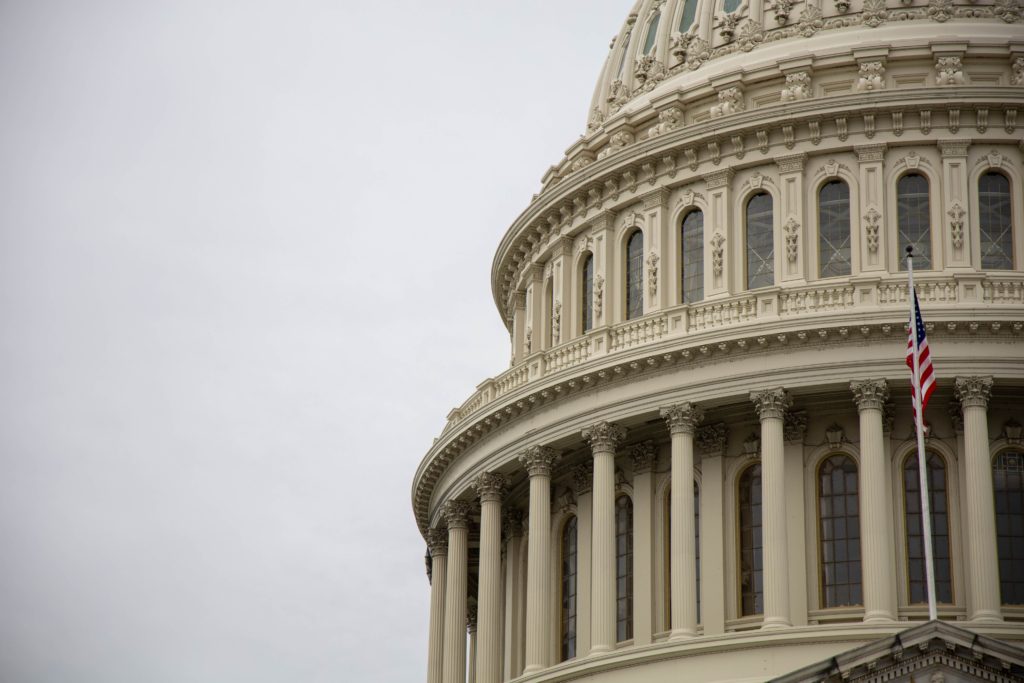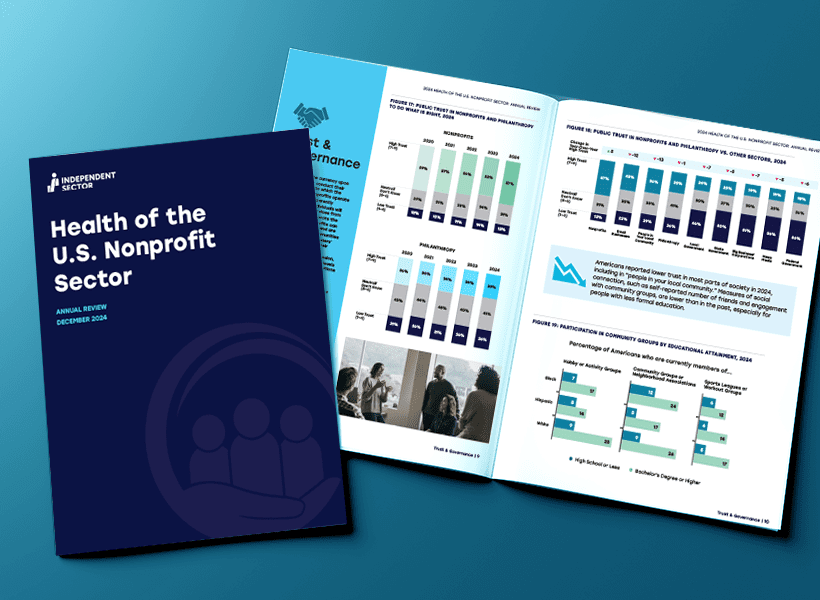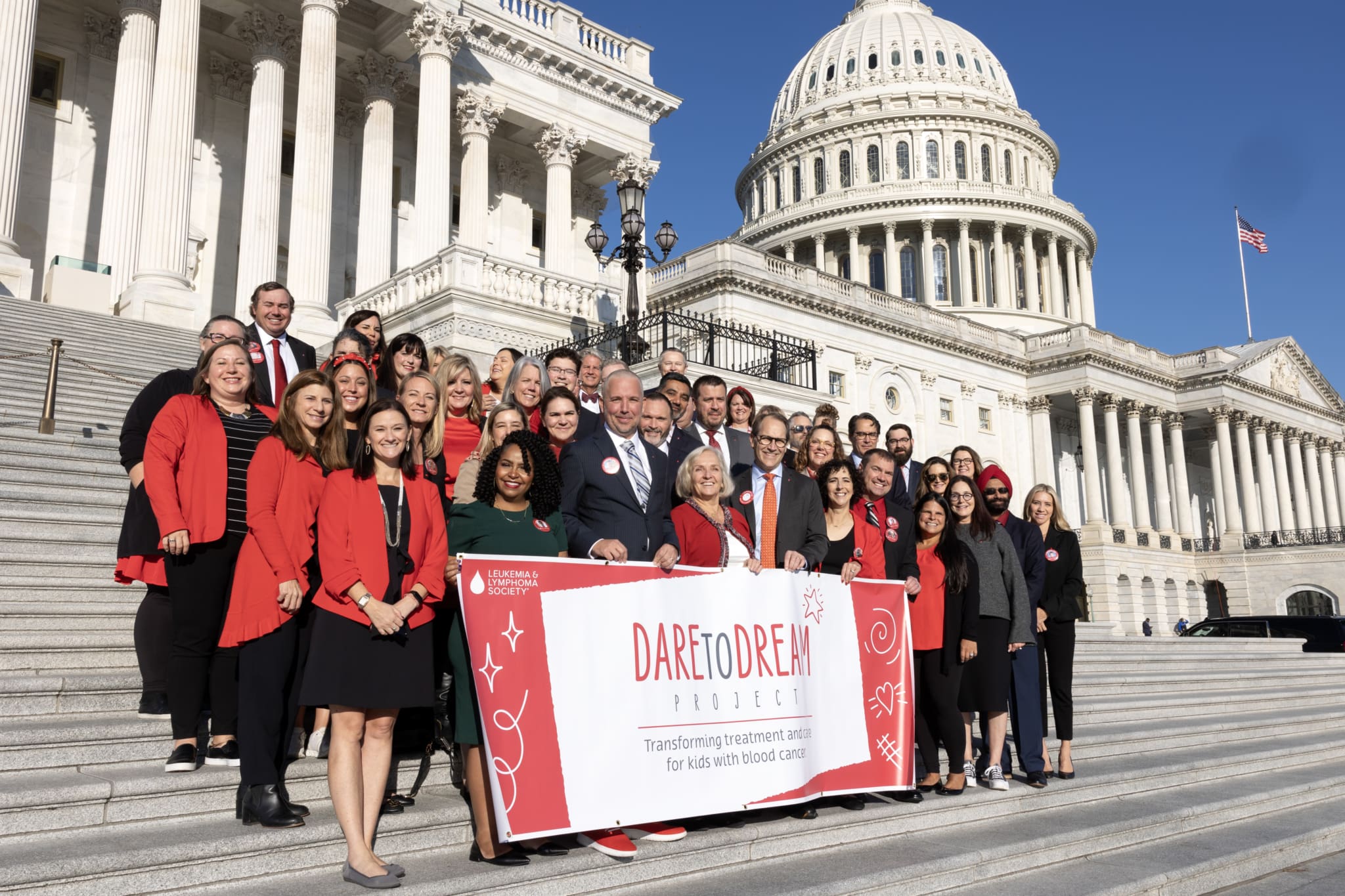April has come and is almost gone, and lawmakers in DC have been busy with the debt ceiling negotiations. If you have been distracted by the pollen and allergy season or buried filing your taxes, here is a download of issues in Washington, DC affecting nonprofits:
Legislative Outlook
Congress is back in session after the holiday recess and the debt limit continues to be top of mind for lawmakers. On April 19, House Republicans unveiled legislation to suspend the debt limit until March 31, 2024, or until $1.5 trillion of debt over the current statutory limit is accrued. The bill includes many other Republican priorities focused on rolling back Biden administration policies and reducing spending and is opposed by Democratic leaders— who continue to insist upon a clean debt limit bill that could be required by early June to avoid default.
The bill includes new work requirements for the Supplemental Nutrition Assistance Program for those between 50 and 56 years old. There also are changes proposed to the Temporary Assistance for Needy Families program. A portion of the bill outlines work requirements for Medicaid, although it does not include changes to Social Security and Medicare. At press time, the House was scheduled to vote on the measure later this week. With a 222-213 majority, Speaker Kevin McCarthy (R-CA) can lose only 4 votes, presuming Democratic opposition.
Funding Needed for Nonprofit Employment Data
On April 12, six organizations representing the breadth of the nonprofit and philanthropic sectors wrote a letter to the leadership of key congressional subcommittees, urging them to give nonprofits the same wage and employment data that for-profit organizations already receive for free.
Specifically, Independent Sector and other partners urged legislators to provide $4 million in Fiscal Year 2024 funding to the Office of Employment and Unemployment Statistics at the Bureau of Labor Statistics (BLS), for the purpose of incorporating nonprofit organizations in the Quarterly Census of Employment and Wages (QCEW). This funding would allow for the publication of a quarterly news release with detailed estimates of employment and wages disaggregated by industry sector at the national and state levels.
Almost every sector of the economy – including goat farming and limousine services – can track its employment totals and wage information from BLS on a quarterly basis. Unfortunately, nonprofit organizations cannot do the same because nonprofit data are released only every five years, resources permitting.
Giving Data for 2022 Q4 Released
On April 16, the Fundraising Effectiveness Project (FEP) released data for the last quarter of 2022. According to FEP’s latest quarterly data, the continuing decrease in donors of all types in Q4 was accompanied by a notable weakness in total dollars, suggesting the possibility of continued challenges in 2023.
There are several key takeaways from the report according to its authors, one being that the gradual long-term trend of waning donor participation, which started in 2012, became a sharp decline in 2022, with donors declining by 10%. In contrast, donations had been steadily increasing since 2012 until 2022, where giving levelled off through Q3 and then weakened in Q4 (which is typically the height of the giving season).
Second, over the past decade, donations have increased by 69%, while donors have declined by 19%. Given increased economic uncertainty and heavy reliance on large donations, this trend is unsustainable, and the fourth quarter report may be the canary in the coal mine.
Third, new donors that were gained in 2021 did not give again at the same rate in 2022, instead falling by 26.4%. Combined, new and newly retained donors accounted for 81% of total donor decline year-over-year. What’s more, the stalwart of retention — repeat-retained — saw another decline of 3.5%. This brings the total overall donor retention rate for 2022 to 42.6%, the lowest rate on record.
Energy Efficiency Grants for Nonprofits Program Announced
The Department of Energy (DOE) recently announced a first-of-its-kind investment to fund energy-efficiency improvements in the nonprofit sector. The Renew America’s Nonprofits program — part of President Biden’s Bipartisan Infrastructure Law as the Energy Efficiency Materials Pilot Program — seeks to reduce carbon emissions and lower utilities costs at buildings owned and operated by 501(c)(3) nonprofits, allowing critical funds to be redirected to mission-focused work.
The Office of State and Community Energy Programs (SCEP) intends to use an aggregation model to implement the Renew America’s Nonprofits program. In this model, successful nonprofit applicants would be “prime” recipients of the awards, characterized by their ability to curate a portfolio of “subrecipients”— nonprofits seeking to implement energy efficiency upgrades in buildings they own and operate. The program also would provide technical assistance, program, and project management for these organizations. To expand their capabilities, potential prime recipients may plan to work with partner organizations that are not required to be 501(c)(3) nonprofits. State and Community Energy Programs (SCEP) plans to issue the Funding Opportunity Announcement on or about May 2023 via the Clean Energy Infrastructure eXCHANGE website.
Ana Montañez is Manager, Government Relations at Independent Sector.



